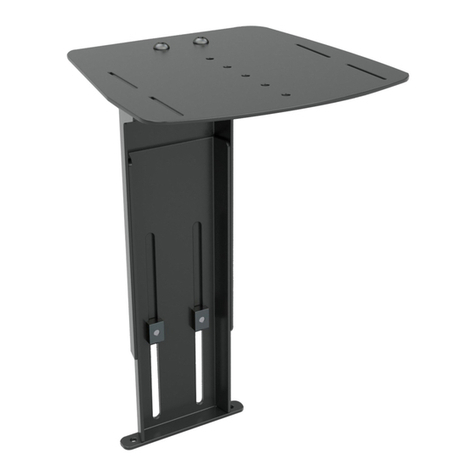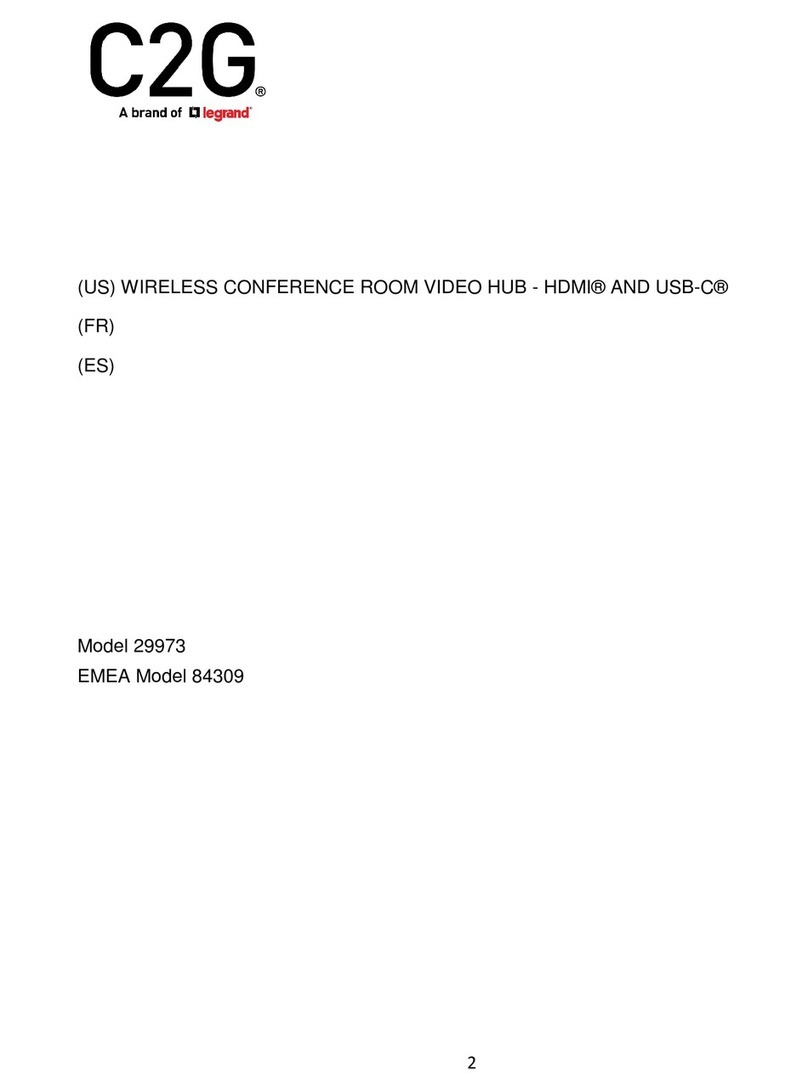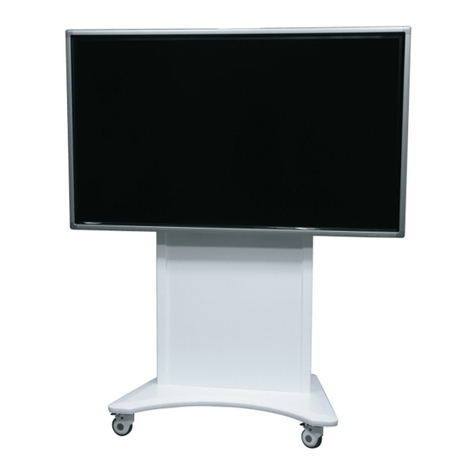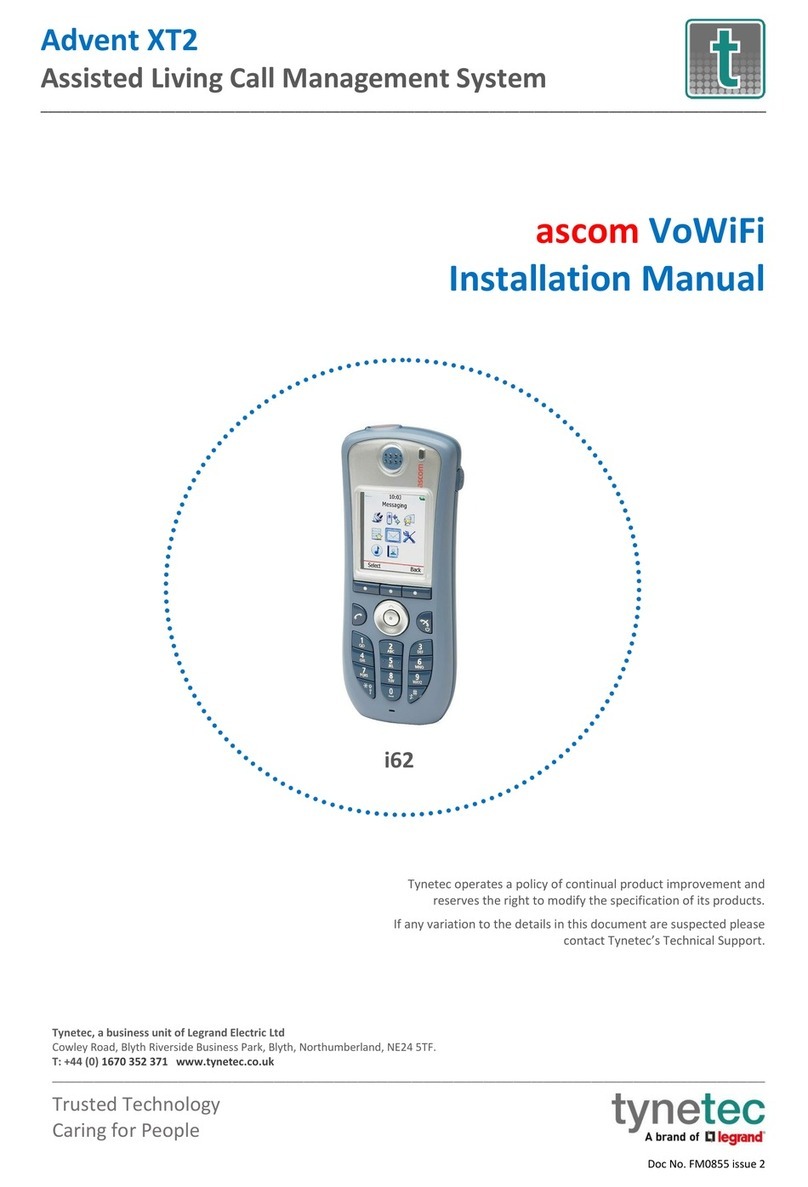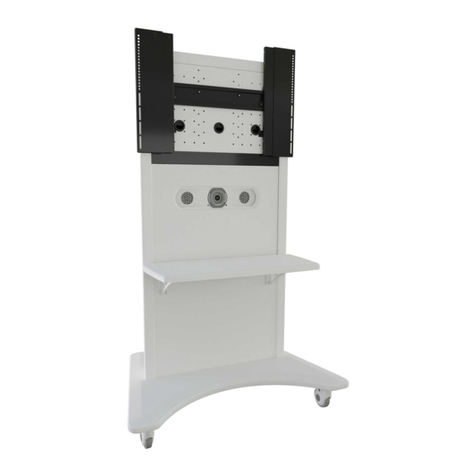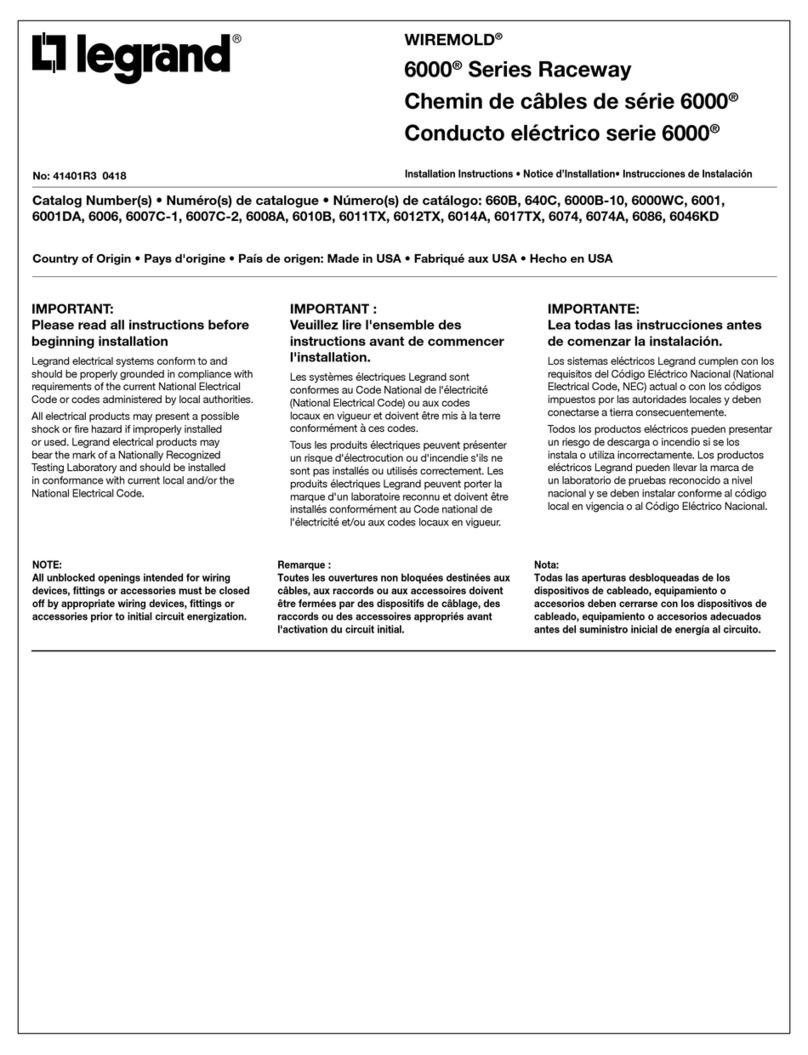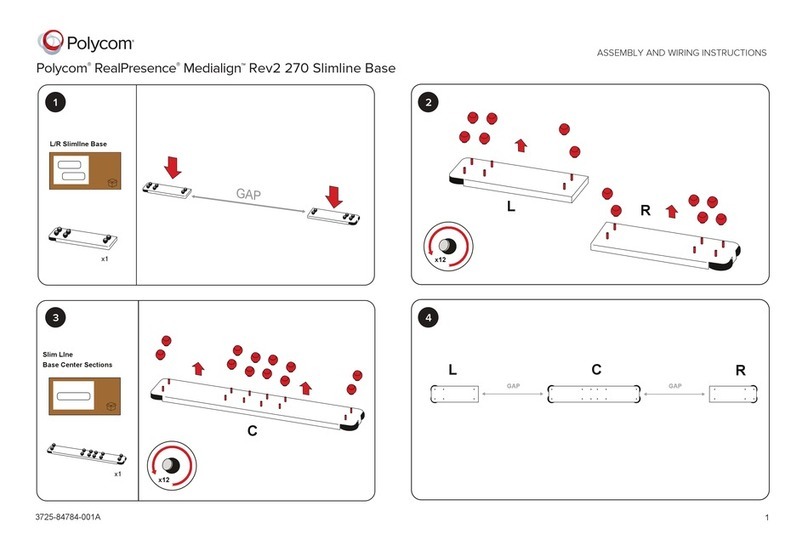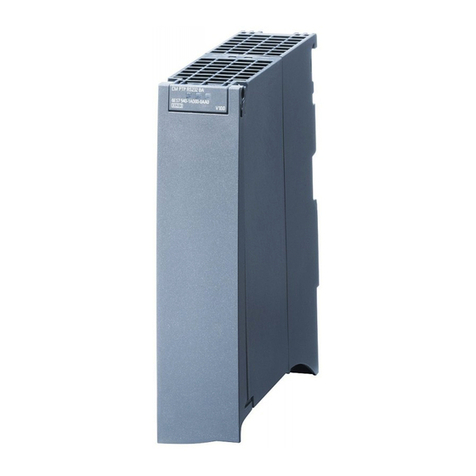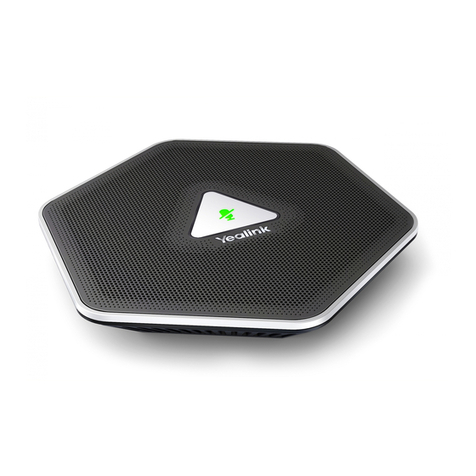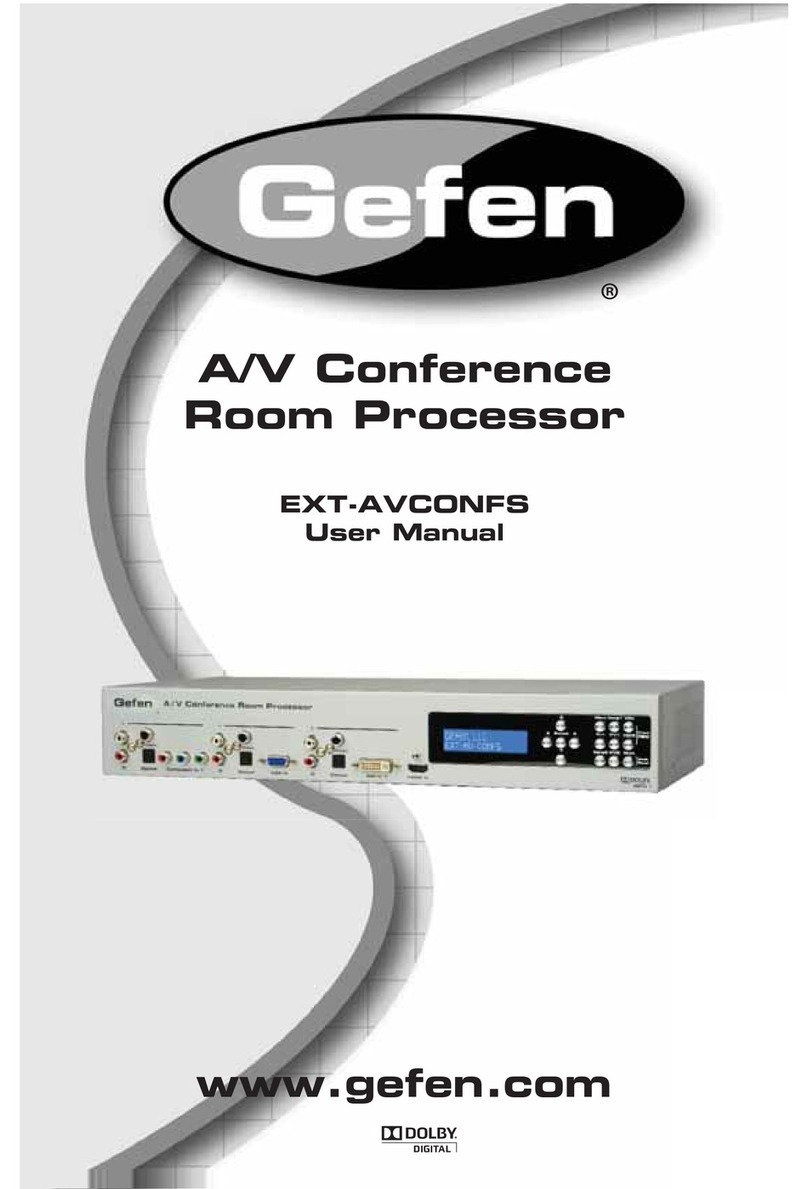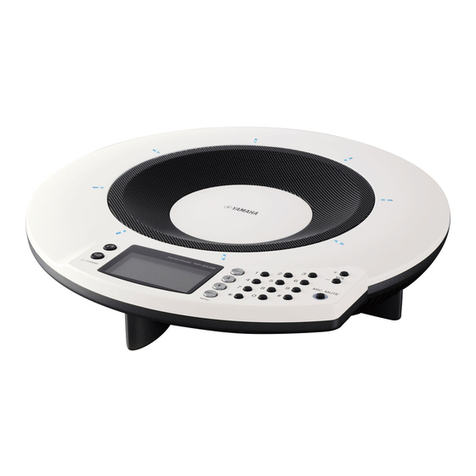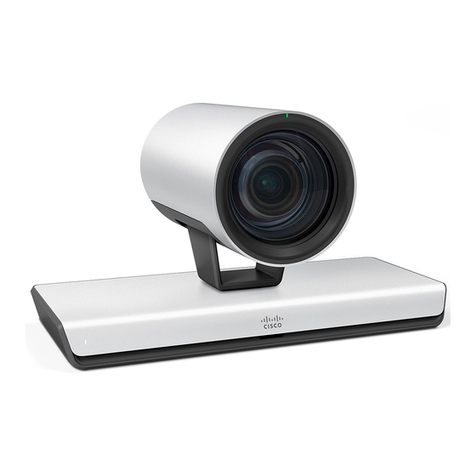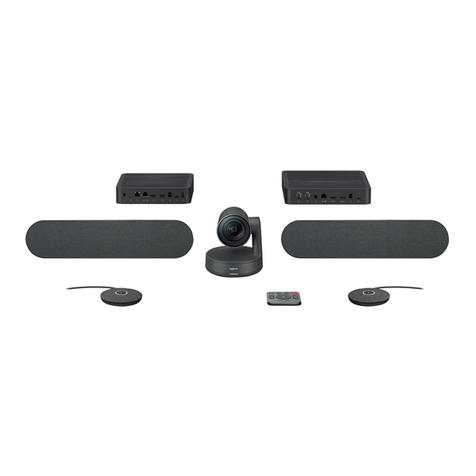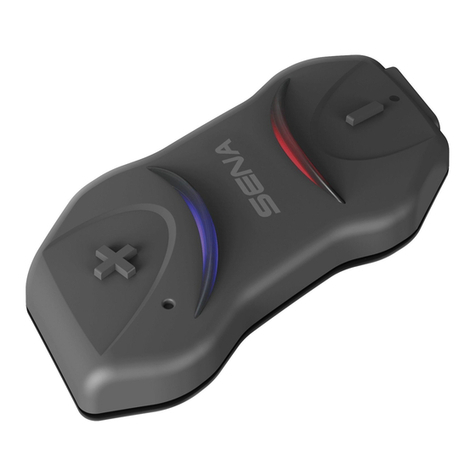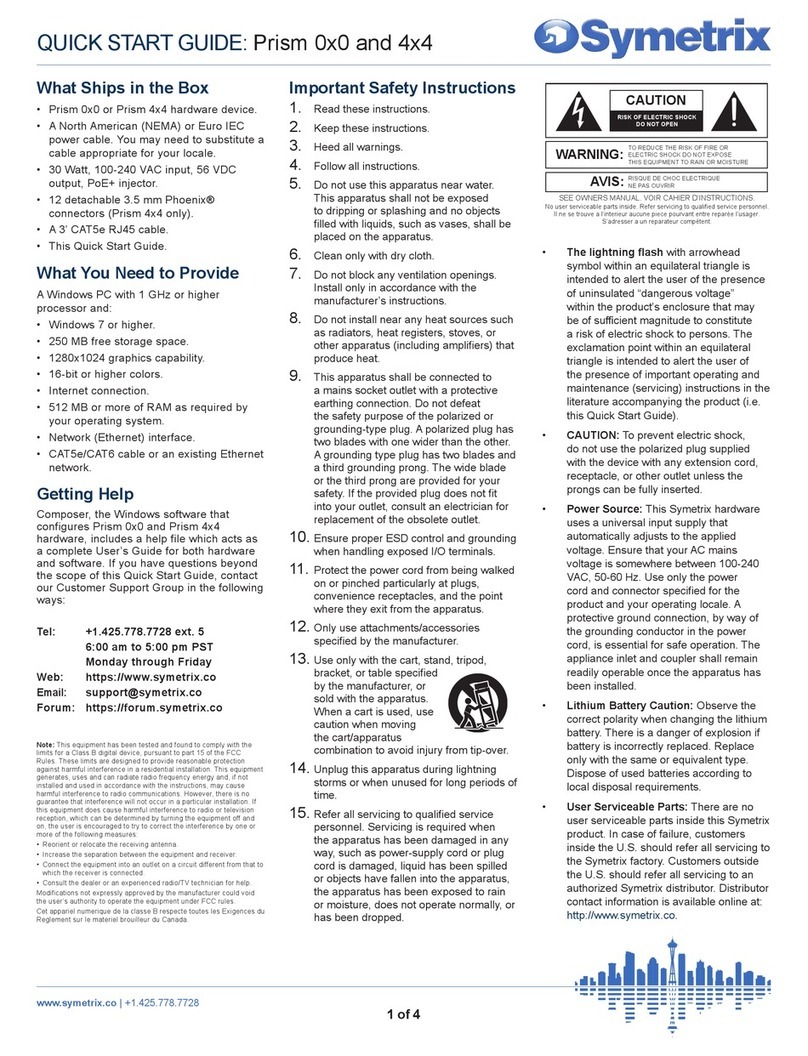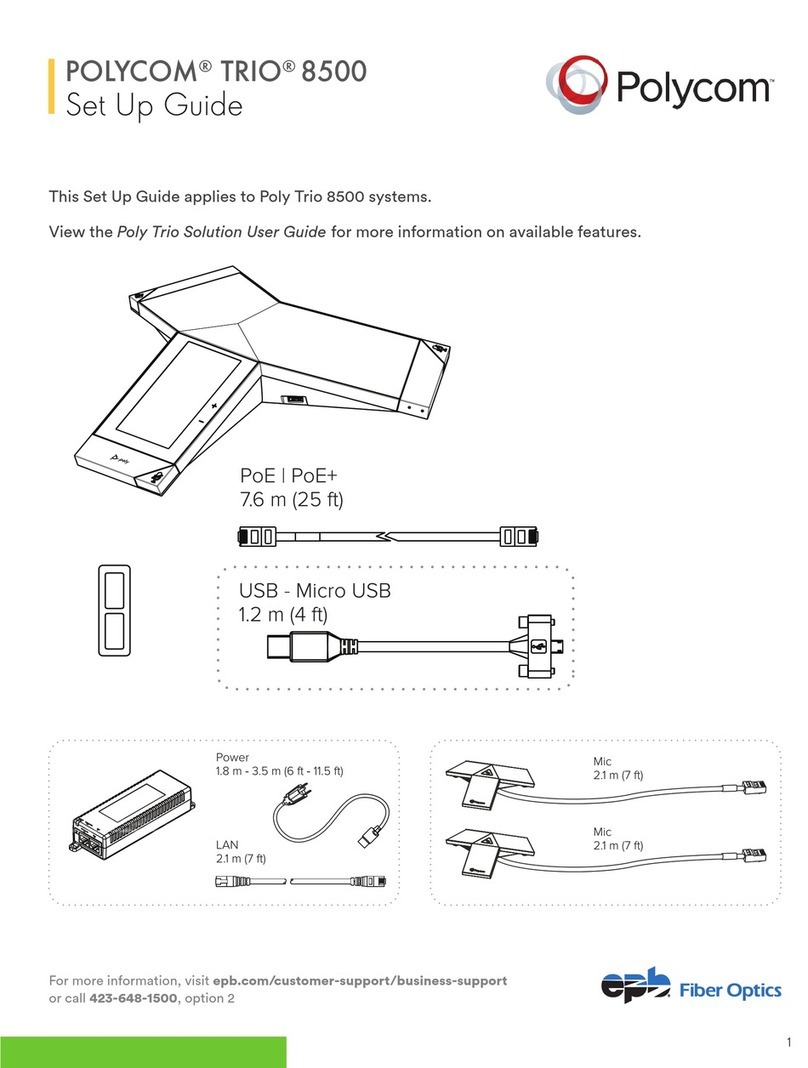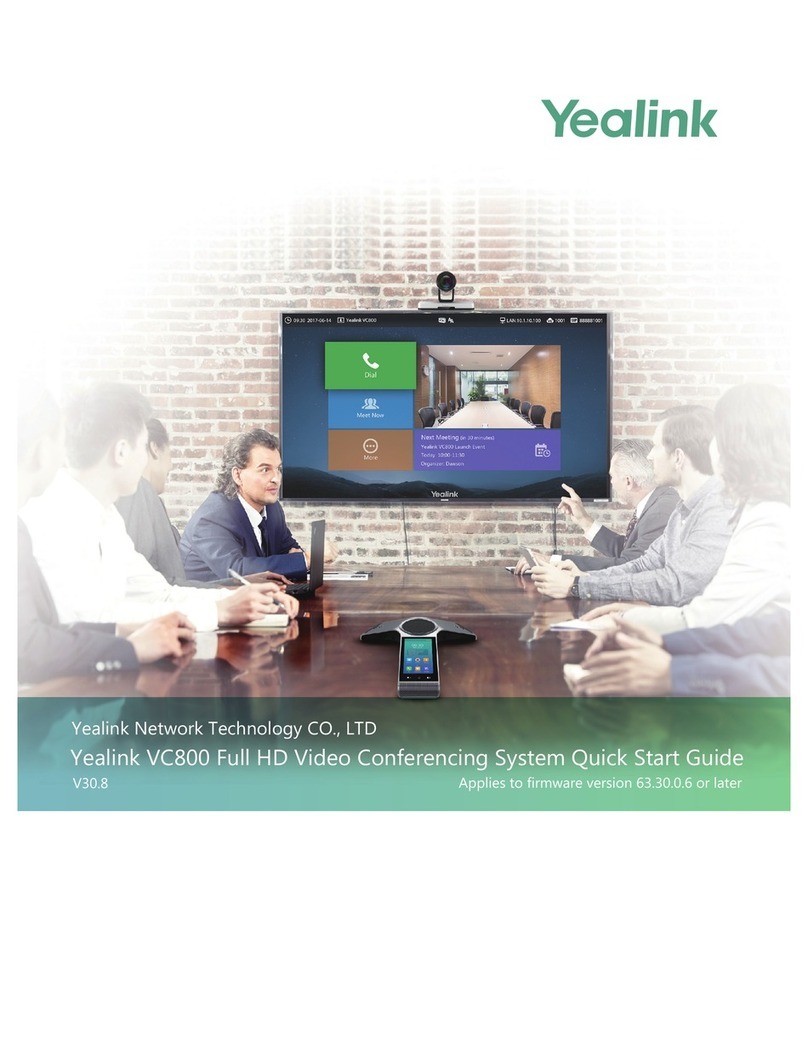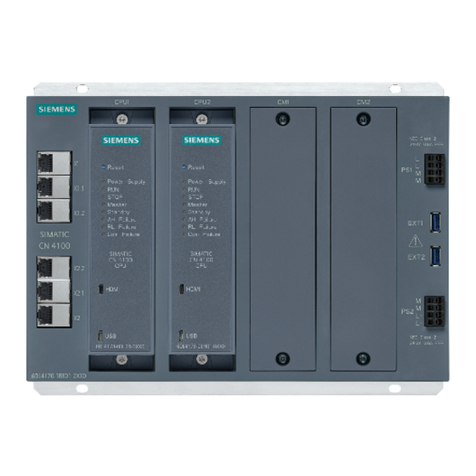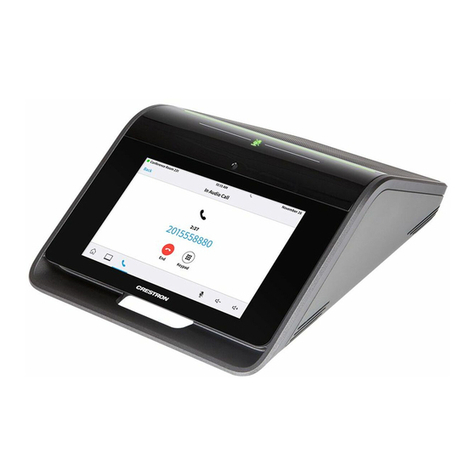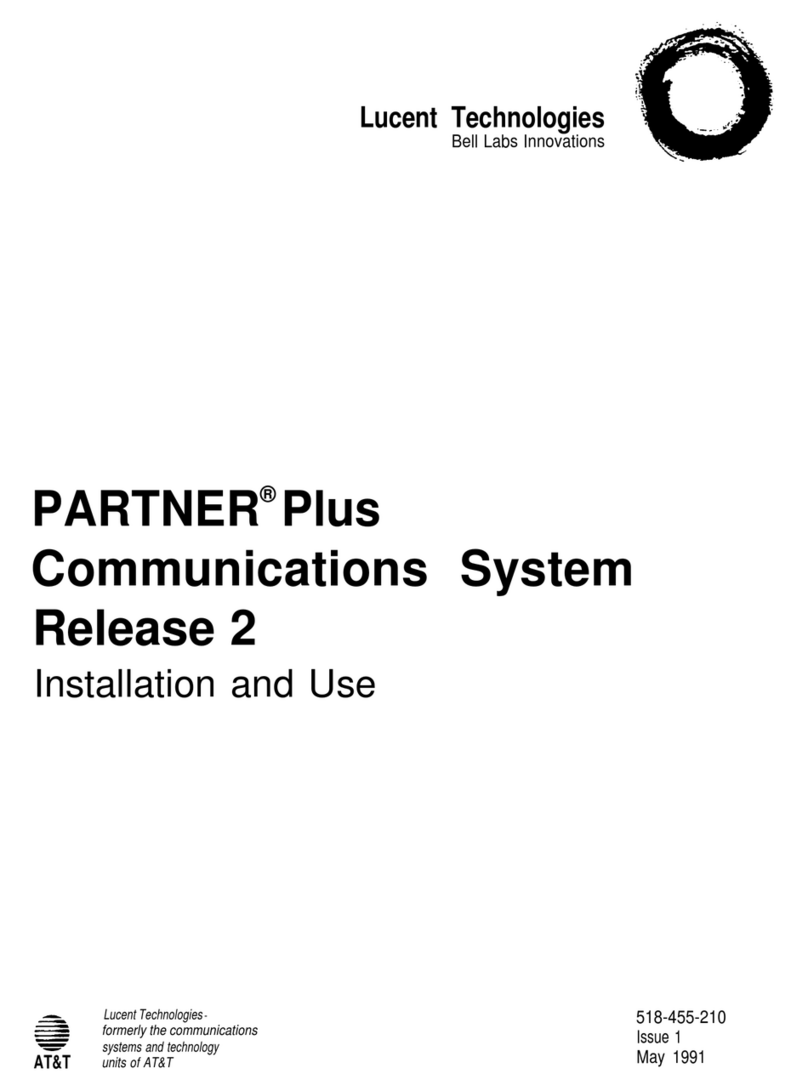This section describes the visual inspection and tests that must be performed after completing the
installation and setup of the IP-DECT system. The purpose of the visual inspection and tests is to verify that
the installation has resulted in a correctly functioning system. If it appears that a part is malfunctioning
while the system is installed correctly (that is, no cabling faults, no configuration faults), refer to the
Troubleshooting (section 10) of the ascom IPBS2 installation manual for fault finding.
RADIO COVERAGE VERIFICATION TESTS
The radio coverage verification consists of two tests:
•Access Point operation test
•Radio Coverage test
IMPORTANT: ensure that the IP-DECT handset batteries are fully charged before performing the tests.
ACCESS POINT OPERATION TEST
The purpose of this test is to check if all Access Points are operational.
1. Put a handset in the service display mode (DCA mode), see applicable User Manual for the handset.
2. Walk around the site referring to the Access Point location drawing.
3. Move close to each Access Point and check that the handset locks to it (the service display should
display the correct number).
After having checked that all Access Points are operational proceed with the Radio Coverage test.
RADIO COVERAGE TEST
The purpose of this test is to verify that there is satisfactory field strength to enable good speech quality
everywhere within the covered area (rooms, lift shafts, staircases). This test is performed with two
handsets and requires two persons.
1. Place the handset in the service display mode (DCA mode) and call the other handset. One user of
the handset should now start moving around the covered area. Both users must check that a good
speech quality is maintained everywhere. Special attention should be paid to areas such as edges of
the building and areas behind metal structures where there is a possibility of reduced speech
quality.
2. Mark areas where audio break-up or mutes are heard.
When the Radio Coverage test is complete the results should be evaluated. If the coverage is not sufficient
you should review the planning and re-locate or add more Access Points as required.
CORDLESS EXTENSION NUMBER TEST
This test checks the connection from the IP-DECT system to the IP-PBX for each handset.
Furthermore it checks that all the handset numbers have been correctly programmed.
The test is performed by calling all handsets from one specific handset.
1. Put all handset together in order of extension number on a table.
2. Go off-hook with each handset and check that the dial tone is heard.
3. Call with a handset (handset A) all other handsets sequentially and check that the handset with the
corresponding number on its display rings when called.
4. Call handset A and check if it rings.




















